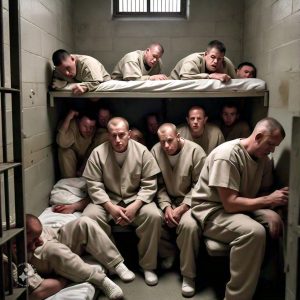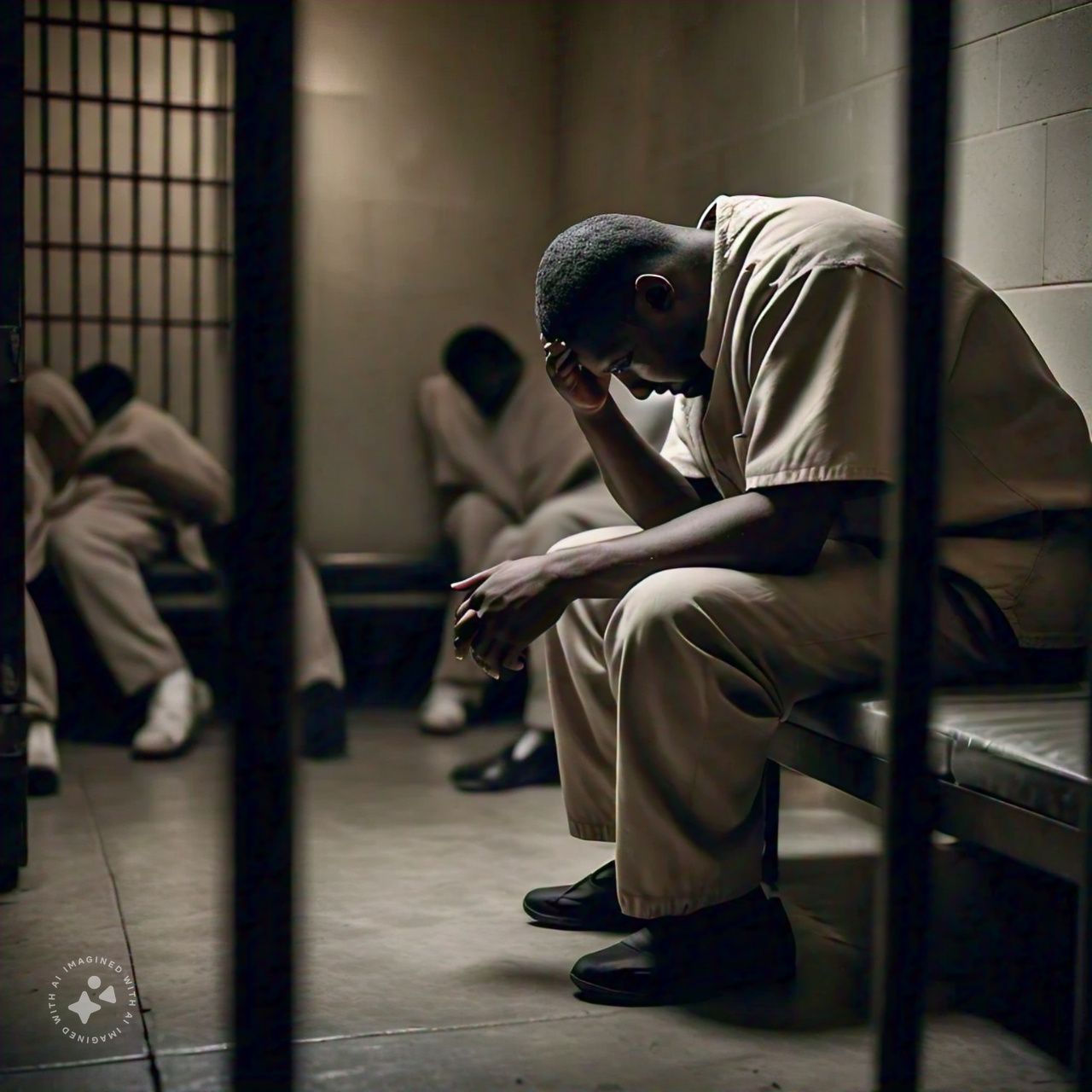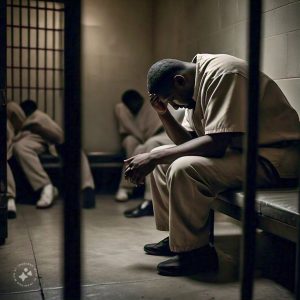Introduction
Prison conditions and overcrowding have emerged as pressing issues in modern criminal justice systems across the globe. The growth of the prison population, exacerbated by various socio-economic factors, has led to increasingly dire situations within correctional facilities. This article explores the implications of overcrowding in prisons, the conditions faced by inmates, and the broader societal consequences. Through a detailed analysis, we aim to shed light on the urgent need for reforms in the penal system.
1. Historical Context of Prison Overcrowding
Overcrowding in prisons is not a new phenomenon; it has historical roots that trace back to the origins of the penal system. The shift from rehabilitation-focused approaches to punitive measures, particularly during the late 20th century, marked the beginning of significant overcrowding issues. The “War on Drugs” in the 1980s and 1990s led to harsher sentencing laws and increased incarceration rates, particularly among marginalized communities.
The impact of these policies was profound. As prisons became overcrowded, the quality of life for inmates deteriorated. Facilities designed to hold a specific number of individuals were forced to accommodate many more, leading to a strain on resources and increased tension among inmates.
2. Current State of Prison Conditions
The conditions within many prisons today reflect the consequences of overcrowding. Inmates often face numerous challenges, including inadequate living spaces, poor sanitation, and limited access to healthcare. Overcrowded facilities can result in:
- Inadequate Living Conditions: Many prisons are designed to house a certain number of inmates, but with overcrowding, individuals may have to share small cells or sleep on floors, compromising their privacy and dignity.
- Sanitation Issues: Overcrowding can exacerbate hygiene problems. Inmates may not have sufficient access to clean water or proper sanitation facilities, leading to health risks and the spread of diseases.
- Mental Health Strain: The stress of living in overcrowded conditions can significantly impact inmates’ mental health. High levels of anxiety, depression, and other mental health issues are common in such environments.

3. Causes of Overcrowding
Several factors contribute to prison overcrowding, including:
- Sentencing Policies: Mandatory minimum sentences and “three strikes” laws have led to increased incarceration rates for non-violent offenders.
- Socioeconomic Factors: High poverty rates and lack of access to education can drive individuals towards crime, leading to higher arrest and incarceration rates.
- Lack of Alternatives: The absence of effective rehabilitation programs and alternatives to incarceration, such as community service or drug treatment programs, exacerbates overcrowding.
4. Impact on Inmates
The implications of overcrowding extend beyond mere discomfort; they have severe consequences for inmates’ physical and mental well-being. Overcrowded conditions can lead to:
- Increased Violence: Tensions often rise in overcrowded facilities, leading to a higher incidence of violence among inmates. The lack of space and resources can result in conflicts that could otherwise be avoided.
- Health Risks: Inmates in overcrowded prisons face higher risks of communicable diseases due to unsanitary conditions and close quarters. Limited access to healthcare exacerbates these issues, leaving many without necessary medical attention.
- Psychological Effects: Prolonged exposure to overcrowding can lead to a range of psychological issues, including anxiety, depression, and post-traumatic stress disorder (PTSD).
5. Effects on Staff
The effects of overcrowding are not limited to inmates; prison staff also experience significant challenges. Overcrowded prisons can lead to:
- Increased Workload: Staff members often have to manage larger inmate populations with limited resources, leading to burnout and job dissatisfaction.
- Safety Concerns: The increased tension and potential for violence in overcrowded environments can put prison staff at greater risk, leading to heightened anxiety and stress.
- Morale Issues: Staff morale can suffer in overcrowded facilities, as employees may feel overwhelmed by their responsibilities and underappreciated for their efforts.
6. Societal Implications
The impact of prison overcrowding extends beyond the walls of correctional facilities, affecting society as a whole. Some of the broader implications include:
- Increased Recidivism: Overcrowded conditions can hinder rehabilitation efforts, leading to higher recidivism rates. When inmates are released without proper support or rehabilitation, they are more likely to reoffend.
- Economic Burden: The costs associated with overcrowded prisons are substantial. Governments may spend more on healthcare, security, and other resources, diverting funds from programs that could prevent crime and support communities.
- Public Perception of Justice: Overcrowding can erode public trust in the justice system. When prisons fail to provide humane conditions, it raises questions about the fairness and effectiveness of the penal system.
7. Potential Solutions
Addressing prison overcrowding requires a multifaceted approach. Some potential solutions include:
- Sentencing Reform: Revisiting mandatory minimum sentences and exploring alternative sentencing options could help reduce the prison population.
- Increased Investment in Rehabilitation: Funding rehabilitation programs that focus on education, vocational training, and mental health support can help prepare inmates for reintegration into society.
- Decriminalization of Certain Offenses: Reevaluating laws around non-violent offenses, such as drug possession, could alleviate some of the pressures on the prison system.

8. Conclusion
Prison conditions and overcrowding represent critical challenges that demand urgent attention. The consequences of these issues ripple through society, affecting not only inmates but also staff and communities. By recognizing the underlying causes and advocating for comprehensive reforms, we can move towards a more just and humane penal system.
It is imperative that we work collectively to address these challenges, ensuring that prisons serve their intended purpose of rehabilitation rather than becoming breeding grounds for further criminal behavior. Only through concerted efforts can we hope to alleviate the burden of overcrowding and improve conditions for all involved in the justice system.


